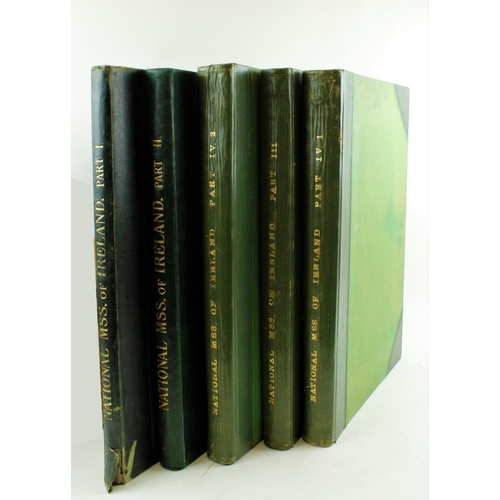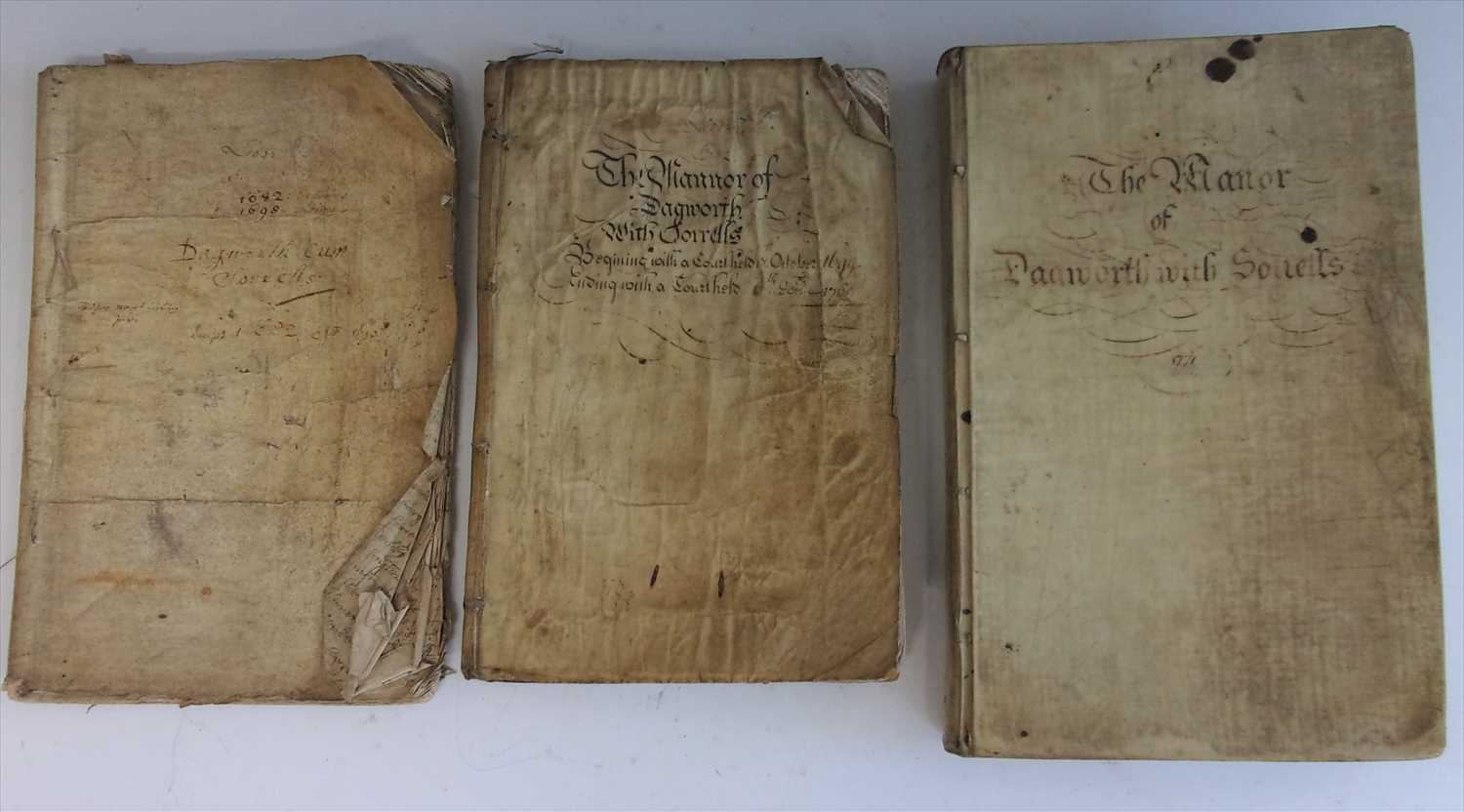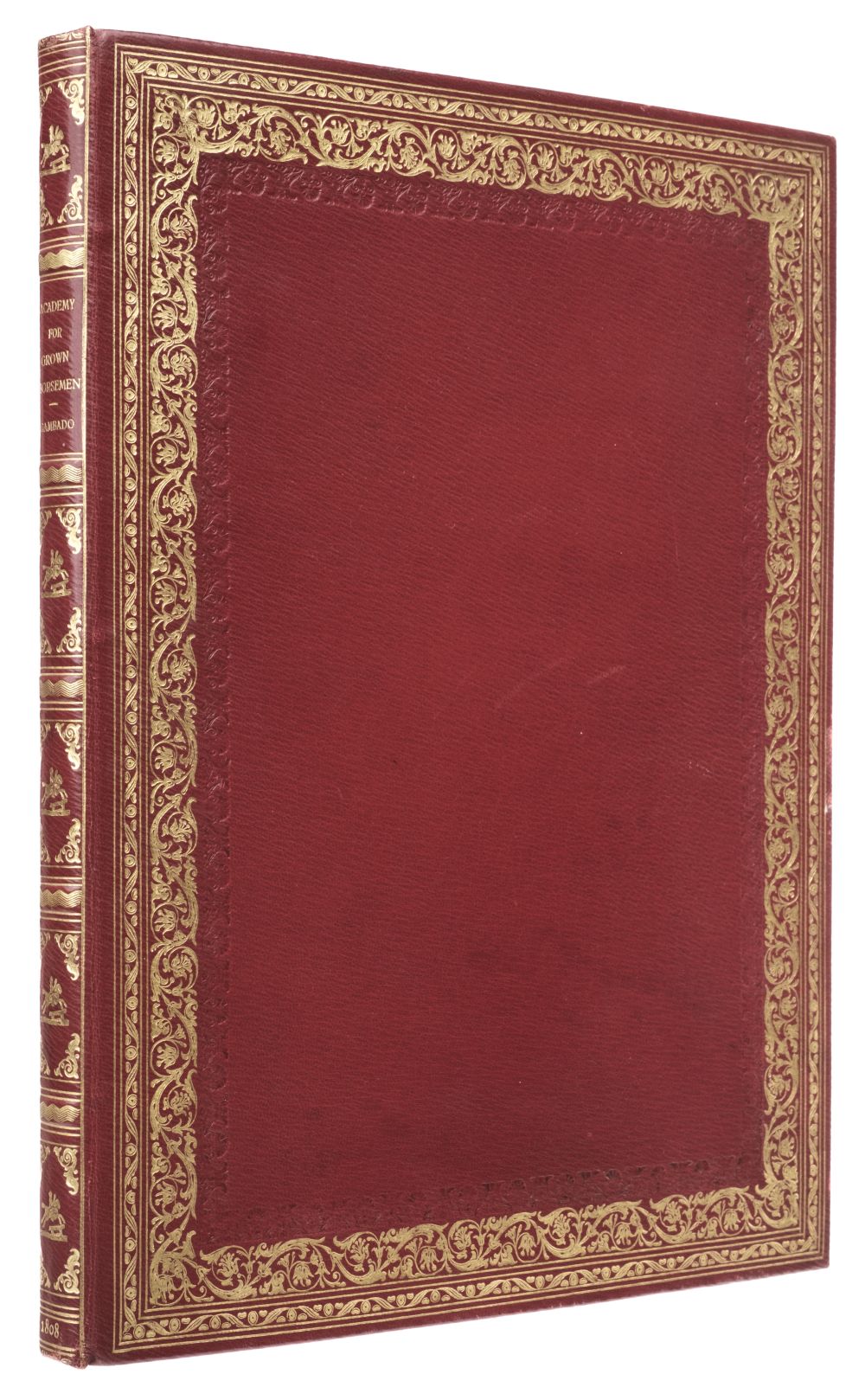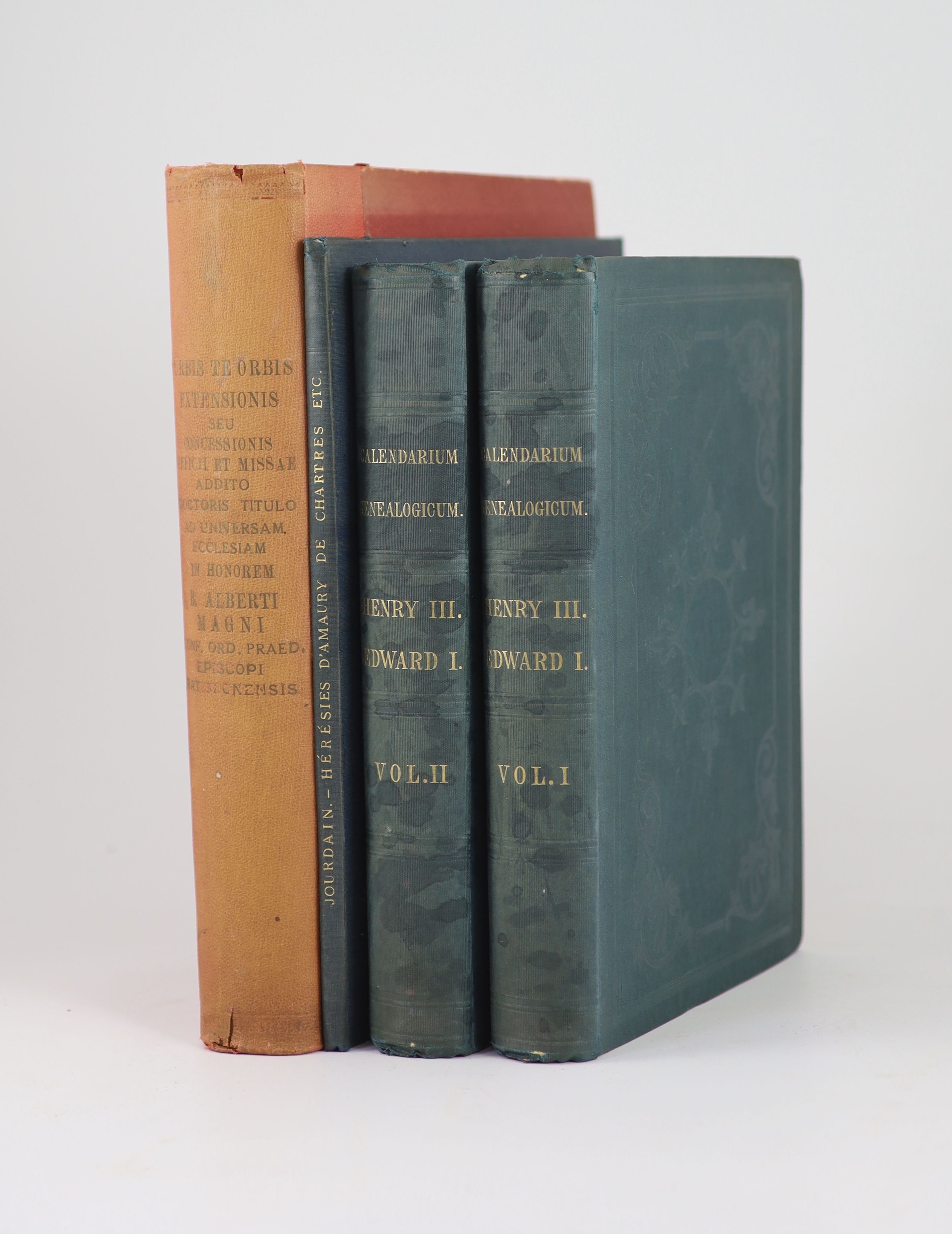Bound volume of recorded land conveyances between first purchasers and underpurchasers, predominantly to settlers of the Welsh Tract.
Philadelphia: March 1684 to August 1686]. 5-18, 29-367 pp. [lacks first two leaves and five leaves following p. 18], folio (345 x 230 mm). Written in ink in at least three clerical hands. An addition dated 1693 added at the bottom of the last page. Terminal leaf inscribed at a contemporary date “C.1. Vol: 3.” with the 1 blotted out [see below]. Disbound, late 19th? century marbled endpapers. Condition : chips and tears with some losses, some crude tape repairs, some staining, paper rather brittle. a lost volume found: the 1684 to1686 journal kept by the master of rolls in philadelphia recording the purchases of land by welsh tract and other original settlers. Among the first purchasers of land from William Penn were seven leading Quakers from Wales. Promised by Penn that their tracts would be surveyed and laid out contiguously into their own barony, these seven men returned to their homes and sold shares of their large purchases in smaller acreage amounts. The reasons for Penn’s sale of land in this fashion to the Welsh settlers were twofold: he preferred to sell land in large acreage amounts (and the subsistence farmers of Wales could only afford smaller allotments) and sales directly to Welsh Quakers would prove difficult due to the language barrior. "These well known, reliable gentlemen, in six Welsh counties, became the first Pensylvania real estate agents” and “may be considered self-constituted heads of seven 'companies' for the division and sale of this land to the Welsh whom Penn and they hoped would be actual settlers on it” (Browning, Welsh Settlement of Pennsylvania). Although the first Welsh settlers came to Pennsylvania in August 1682, William Penn did not order Thomas Holme to survey their promised tract until March 1684 (Papers of William Penn, vol. 2: 167). At the same time, the Office of Rolls began recording underpurchasers in this volume. Although stipulated in the original conveyances that first purchasers were required to register their deeds at the office of rolls, no such office was established until 1683. “On December 24, 1683, Penn appointed Thomas Lloyd to be master of rolls and records … Lloyd opened the provincial Rolls Office in Philadelphia in January 1684. He seems to have created two different record series, one for patents [i.e. land conveyances] and one for all other types of legal records. Patent volumes began with the letter A, followed by the number of the volume within the series, for example, A-1 or A-2 … Deeds of lease and release were recorded in A and B volumes, the C volumes contained conveyances between Original Purchasers and Under Purchasers” (Munger, Pennsylvania Land Records, p. 37). This volume records seventy-nine separate transactions from original purchasers to underpurchasers (many recorded in their three part formats: lease, release and receipt) and represents the sale of over 28,000 acres of land in Pennsylvania. Twenty-nine different sellers are recorded, including several of the principal Welsh organizers referred to above: John ap Thomas, Charles Lloyd, John ap John, Lewis ap David, Richard ap Thomas and Richard Davies Of the 30,000 acres purchased by the original Welsh organizers from William Penn, almost half of that amount is accounted for in this volume, including nearly the entire 5000 acre lots belonging to Richard Davies and John ap Thomas. Of the transactions recorded here, seventy-two different purchasers can be identified, with the vast majority being Welsh. In their compilation of First Purchasers, the editors of the Papers of William Penn divided confirmed purchasers from reputed purchasers based on the sources from which the sales were recorded. Many of the names of the buyers found in this volume are cited on the latter list, although there are also a large number of purchasers not found on either, providing in some cases new information for genealogical research (Papers of William Penn, vol. 2: 205 and 206). Although most of the land sales recorded here
Bound volume of recorded land conveyances between first purchasers and underpurchasers, predominantly to settlers of the Welsh Tract.
Philadelphia: March 1684 to August 1686]. 5-18, 29-367 pp. [lacks first two leaves and five leaves following p. 18], folio (345 x 230 mm). Written in ink in at least three clerical hands. An addition dated 1693 added at the bottom of the last page. Terminal leaf inscribed at a contemporary date “C.1. Vol: 3.” with the 1 blotted out [see below]. Disbound, late 19th? century marbled endpapers. Condition : chips and tears with some losses, some crude tape repairs, some staining, paper rather brittle. a lost volume found: the 1684 to1686 journal kept by the master of rolls in philadelphia recording the purchases of land by welsh tract and other original settlers. Among the first purchasers of land from William Penn were seven leading Quakers from Wales. Promised by Penn that their tracts would be surveyed and laid out contiguously into their own barony, these seven men returned to their homes and sold shares of their large purchases in smaller acreage amounts. The reasons for Penn’s sale of land in this fashion to the Welsh settlers were twofold: he preferred to sell land in large acreage amounts (and the subsistence farmers of Wales could only afford smaller allotments) and sales directly to Welsh Quakers would prove difficult due to the language barrior. "These well known, reliable gentlemen, in six Welsh counties, became the first Pensylvania real estate agents” and “may be considered self-constituted heads of seven 'companies' for the division and sale of this land to the Welsh whom Penn and they hoped would be actual settlers on it” (Browning, Welsh Settlement of Pennsylvania). Although the first Welsh settlers came to Pennsylvania in August 1682, William Penn did not order Thomas Holme to survey their promised tract until March 1684 (Papers of William Penn, vol. 2: 167). At the same time, the Office of Rolls began recording underpurchasers in this volume. Although stipulated in the original conveyances that first purchasers were required to register their deeds at the office of rolls, no such office was established until 1683. “On December 24, 1683, Penn appointed Thomas Lloyd to be master of rolls and records … Lloyd opened the provincial Rolls Office in Philadelphia in January 1684. He seems to have created two different record series, one for patents [i.e. land conveyances] and one for all other types of legal records. Patent volumes began with the letter A, followed by the number of the volume within the series, for example, A-1 or A-2 … Deeds of lease and release were recorded in A and B volumes, the C volumes contained conveyances between Original Purchasers and Under Purchasers” (Munger, Pennsylvania Land Records, p. 37). This volume records seventy-nine separate transactions from original purchasers to underpurchasers (many recorded in their three part formats: lease, release and receipt) and represents the sale of over 28,000 acres of land in Pennsylvania. Twenty-nine different sellers are recorded, including several of the principal Welsh organizers referred to above: John ap Thomas, Charles Lloyd, John ap John, Lewis ap David, Richard ap Thomas and Richard Davies Of the 30,000 acres purchased by the original Welsh organizers from William Penn, almost half of that amount is accounted for in this volume, including nearly the entire 5000 acre lots belonging to Richard Davies and John ap Thomas. Of the transactions recorded here, seventy-two different purchasers can be identified, with the vast majority being Welsh. In their compilation of First Purchasers, the editors of the Papers of William Penn divided confirmed purchasers from reputed purchasers based on the sources from which the sales were recorded. Many of the names of the buyers found in this volume are cited on the latter list, although there are also a large number of purchasers not found on either, providing in some cases new information for genealogical research (Papers of William Penn, vol. 2: 205 and 206). Although most of the land sales recorded here















Testen Sie LotSearch und seine Premium-Features 7 Tage - ohne Kosten!
Lassen Sie sich automatisch über neue Objekte in kommenden Auktionen benachrichtigen.
Suchauftrag anlegen